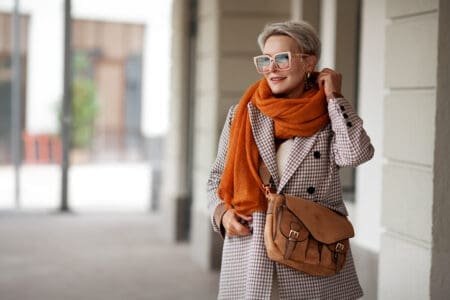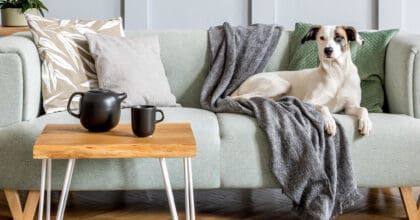With fast fashion now dominating high streets and online retail alike, H&M’s brand ARKET is singular in moving against a focus on fast-moving trends. We explore how ARKET is representing the direction the high street should be moving in and understanding exactly what shoppers want.
1. Addressing the gap in the market for quality, timeless fashion
Encompassing menswear, womenswear, and children’s clothing, as well as homewares, H&M’s strategy for its brand ARKET is to democratise quality through accessible, well-made, durable products – designed to be used and loved for a long time. The retailer stocks the label’s own range of minimalist Scandi-inspired clothing alongside a selection of shoes, accessories, and homewares from third-party brands, including established labels such as Adidas, Veja, and New Balance as well as more niche labels.
ARKET taps into an underlying demand for anti-fast-fashion clothing. Mintel’s Clothing Retailing Report in 2017 showed that three-quarters of consumers value the quality of clothes above trendiness. Furthermore, the research also found that 59% of the older Millennials (25-35s) think it can be difficult to find quality clothing that lasts a long time.
While H&M’s target audience is looking for fashionable yet affordable clothing, ARKET targets the fashion consumer looking for quality staple products, which places them in a unique and interesting position in the market. While the brand is clearly focused on a fashion-conscious Millennial consumer, its range and offer differ significantly from what else is available on the high street at present.
2. Making it easy for consumers to repurchase their favourite items
Another element of the ARKET concept is their unique ID coding system. Each product is given a 9-digit code, with a number that denotes the item’s department, category, product style, and material. The system has been designed to enable customers to easily find similar products both in-store and online. Therefore, if you buy a piece, wear it to death, and want to replace it later down the line, the unique code will help you find current versions of the same garment.
3. Giving shoppers’ reasons to visit the store
ARKET’s minimal store designs allow the brand’s products and concept to do the talking. Based on an outdoor market, the stores aim to give consumers a more enjoyable, relaxed retail experience. This is likely to resonate with customers, given that half of womenswear consumers see shopping for clothes as a leisure activity according to Mintel research. Meanwhile, in-store installations give more insight into clothing production. This is a concept which is further built upon online through additional product information and stories of the brand’s manufacturing teams and processes, helping to capture young consumers looking for more provenance and transparency from their fashion purchases.
Finally, ARKET stores include a café based on the New Nordic Food Manifesto, helping to reinforce the brand’s lifestyle credentials, not only by boosting the in-store experience but by rolling this theme out digitally through online recipe content.
Sparked your interest? Buy and download our UK Fashion and Sustainability Market Report 2023, or fill out the form below to sign up to Spotlight, Mintel’s free newsletter for exclusive insights.










































